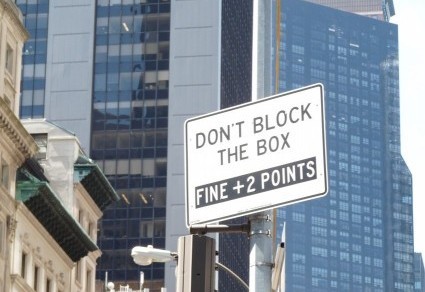In Seattle’s Museum of Flight one wall features photos of important people. Beneath each smiling face you see the date of birth and, sometimes, the date of death. I found this wall unsettling, but not because of the reminder that death exists. It’s hardly a surprise to see a date when someone has “shuffled off this earthly coil,” as Hamlet says. The shock is that the living are represented by their birthdate and then a simple dash into, well, blankness. That dash set me thinking.
A hyphen, the shortest punctuation mark in the horizontal-line category, generally links one thing to another. A first-base coach, for example, is the guy standing near first base. The first base-coach, presumably someone who rode a horse to the game, was likely the earliest baseball guy to determine that runners were too dumb to know whether to steal or stay put. He may have stood near either first base or third. (I’m assuming mid-field help, next to second base, has never been allowed.) Here’s a sign with conjoined, hyphenated descriptions:
This “build-a-Jewel” bar offers a “one-of-a-kind” and “hands-on” experience. Hyphens may also appear at the end of a line too short to contain an entire word. In that position, they break the word into two pieces but give a sense of continuation. I wouldn’t mind having my life represented by a hyphen, as I enjoy making connections.
But this is a post about dashes, not hyphens. What copy editors and printers call an em dash is the longest horizontal line. (It’s usually a solid line, but given the limitations of this computer program, I’ll make an em dash out of three consecutive hyphens. What you see depends on the device you’re reading this post on.) An em dash inserts an interrupter into the flow of a sentence: Margot bought ten pounds of cheese — Henry having apparently inherited his food preferences from a rat — and stowed them in her refrigerator. An em dash also indicates a thought that has been broken off, presumably with the possibility of continuing someday: Percival muttered, “I don’t know how she —” and slammed the door.
What I saw in Seattle’s fine museum was a line that was longer than a hyphen but shorter than an em dash, an en dash. (Bowing again to my computer, I’ll use two hyphens as an en dash. As before, I’m not sure what you’ll see.) En dashes show a range, usually from one number (such as a date) to another. They always have a beginning point, but they also always have an endpoint. An en dash is finality writ small; the punctuation mark tells you, beyond a doubt, that what starts must finish: On sale Monday – Thursday! Hurry in before prices double! En dashes close off; they limit possibility. Nothing beats the finality of an en dash, not even a period, which may after all simply divide one sentence from another.
All these nuances of punctuation turn the photos in the Museum of Flight into a statement about life. Left alone, hanging there just after the birthdate, en dashes shout carpe diem, because you’ll be gone. You just don’t know when. Personally, I’d like my birthdate to precede an em dash, trailing possibility like puffs of smoke from an airplane into — well, who knows? Or, my em dash may be the ultimate interrupter, showing that my little life is an insertion into something much, much bigger. Either way, I’m part of something, even though (in Hamlet’s words again) it’s “the undiscovered Country, from whose bourn / No traveler returns.”


Then there’s the Buddhist usage: 1492— — — etc., ad inf., ad nirvana. (of course putting a number at the beginning is highly problematic.)
Numbers at the beginning are a problem for me, certainly, but then I am hopelessly mired in grammar rules.